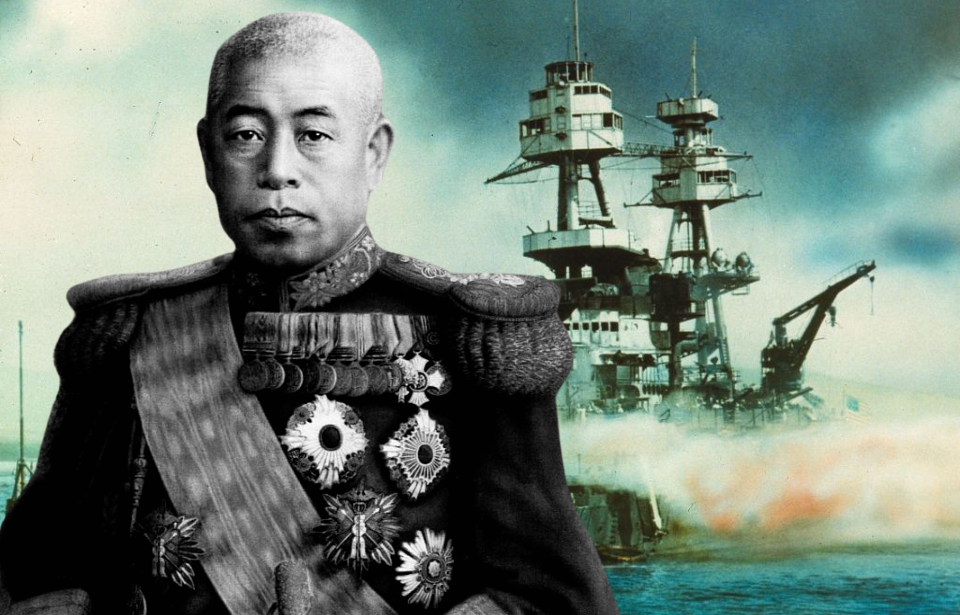Isoroku Yamamoto had strong connections to the United States. During his time studying and serving as a naval attaché in Washington, DC, this officer of the Imperial Japanese Navy fully immersed himself in American culture. Despite his admiration for the US military and his personal experiences, Yamamoto meticulously planned the strategy for the infamous attack on Pearl Harbor in December 1941.
Isoroku Yamamoto’s upbringing and early career
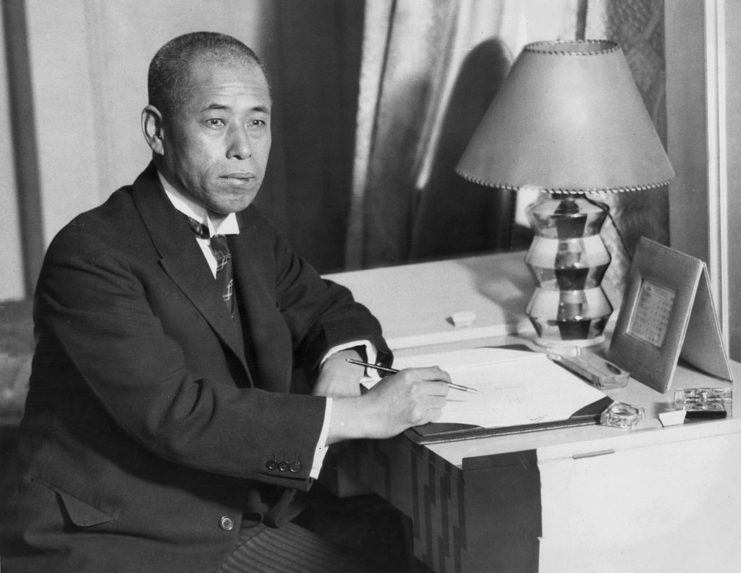
The future admiral was born Isoroku Takano in 1884. His father, a mid-ranking samurai, was 56 years old at the time. In 1916, Takano was formally adopted by the Yamamoto family, a clan of higher samurai standing, following a customary practice used throughout Japan when a family lacked suitable male heirs. As a result, he took on the Yamamoto surname.
In 1904, Yamamoto graduated from the Imperial Japanese Naval Academy and participated in the Russo-Japanese War. He was injured during the Battle of Tsushima, losing the index and middle fingers on his left hand. His performance earned recognition from his superiors, allowing him to rise swiftly through the ranks.
By 1916, he had become a lieutenant commander, and, three years later, he was promoted to commander.
Experience in the US, rivalry with the Japanese Army
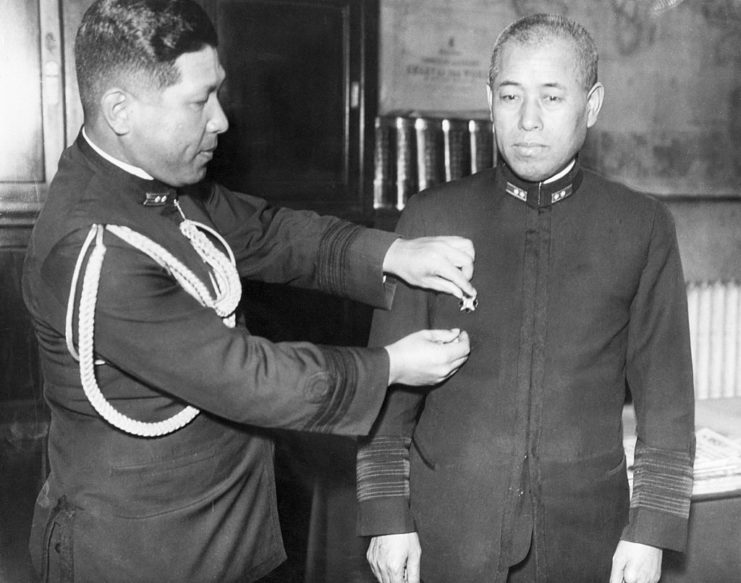
Yamamoto spent a fair amount of time in the US during the 1920s and ’30s. He was a student at Harvard University from 1919-21. He also had two postings as a naval attaché in America, where he learned to speak fluent English. Yamamoto created controversy in 1937 when he apologized to the US for Japan’s 1937 bombing of the gunboat USS Panay.
The Imperial Japanese Army was significantly more aggressive and pro-war than its Navy, and was angered by Yamamoto’s opposition to a pact with Germany and Italy. Following his apology to the US, he received death threats, to which he said:
“To die for Emperor and Nation is the highest hope of a military man. After a brave hard fight the blossoms are scattered on the fighting field. But if a person wants to take a life instead, still the fighting man will go to eternity for Emperor and country. One man’s life or death is a matter of no importance. All that matters is the Empire.”
Attack on Pearl Harbor
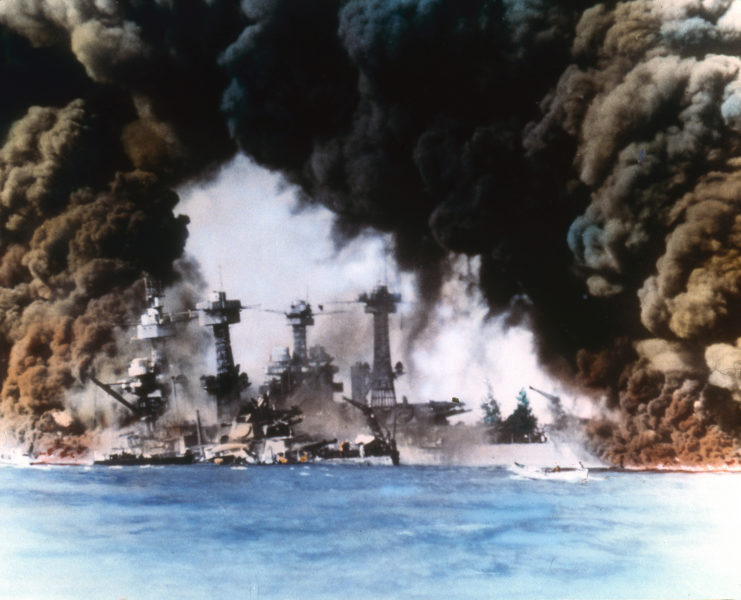
Yamamoto climbed the ranks of the Japanese military methodically, achieving the title of Admiral in November 1940. Despite opposition from some Army members, he earned respect from his sailors and enjoyed the support of the Imperial family.
His hesitation to confront the US was driven by his belief that Japan lacked the resources for a long-term conflict, influencing his strategy for the Pearl Harbor attack.
Yamamoto aimed to defeat the United States by crippling its Navy in a swift, decisive battle. The Pearl Harbor attack was a Japanese victory, with multiple bomber waves causing major damage, sinking four American battleships, and destroying 188 aircraft. However, despite its tactical success, the bombing caused widespread outrage among the American public, leading the nation to enter a war it had initially sought to avoid.
Battle of Midway and Yamamoto’s death
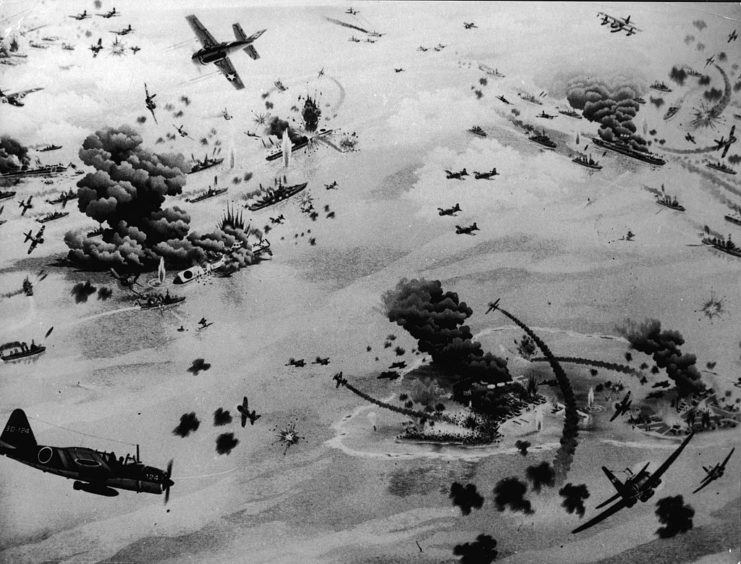
Despite initial Japanese successes after Pearl Harbor, Yamamoto advocated for continued attacks on the US Fleet. The Battle of Midway in June 1942 was intended to maintain Japanese offensive momentum. However, prior to the operation, US forces were able to break the Japanese Naval Code. This intelligence allowed Admiral Chester Nimitz to prepare effectively, resulting in a decisive US victory that shifted the course of the war.
Following setbacks and defeats at Guadalcanal and Midway, Yamamoto embarked on a morale-building tour for his forces. US intelligence intercepted and decrypted details of his itinerary, enabling American pilots to shoot down his plane on April 18, 1943. Posthumously, Yamamoto was honored with the title of Marshal Admiral and awarded the Order of the Chrysanthemum by Japan. Additionally, he received Germany’s Knight’s Cross of the Iron Cross.
Yamamoto’s legacy
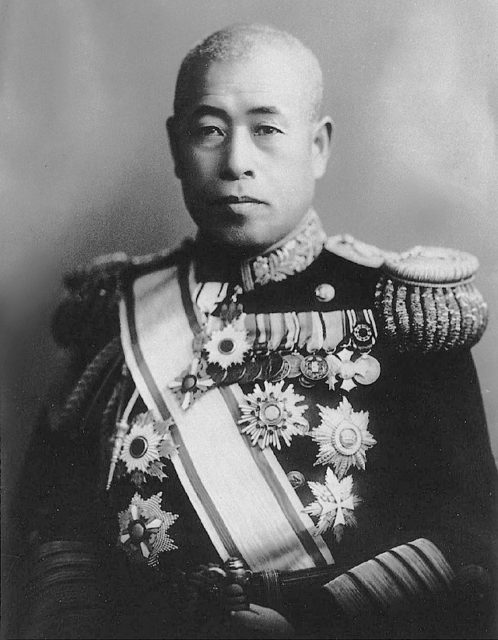
Yamamoto has been featured in a number of films about Pearl Harbor and World War II. Moviegoers may remember him for the Tora! Tora! Tora! (1970) line that he may or may not have uttered: “I fear that all we have done is to awaken a sleeping giant and fill him with a terrible resolve.” The line was also referenced in 2001’s Pearl Harbor.
Historians, however, are not sure he ever actually made this observation.
Want War History Online‘s content sent directly to your inbox? Sign up for our newsletter here!
Yamamoto was also portrayed by legendary actor, Toshiro Mifune, in three separate films: Rengo Kantai Ichokan Yamamoto Isoroku (1968), Gekido no showashi ‘Gunbatsu’ (1970) and Midway (1976).
